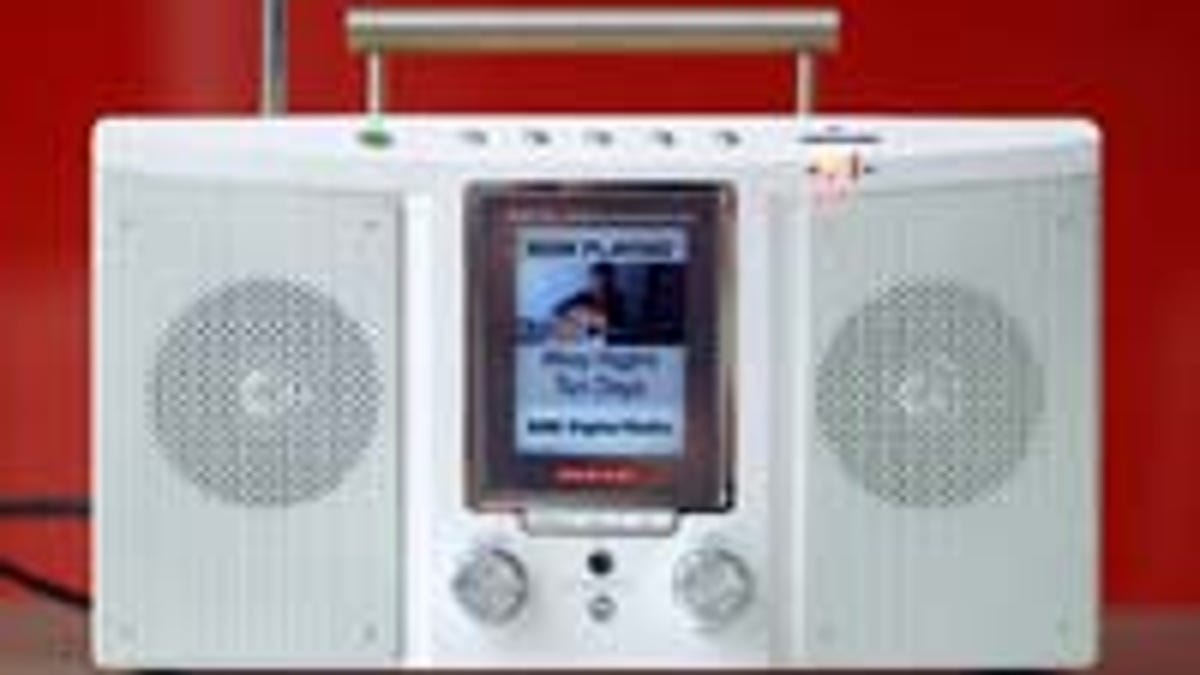Australian digital radio plan unveiled
Australian broadcasters will be given free reign to introduce new digital radio and data services under a framework announced by the Federal Government today.

Australian broadcasters will be given free reign to introduce new digital radio and data services under a framework announced by the Federal Government today.
However, these services are still two to three years away from introduction in major capital cities due to the time needed to finalise legislation and to upgrade radio infrastructure, the Government and radio industry leaders say. Digital radio coverage in major centres that's comparable to current analog coverage may be up to six to nine years away under the Government's plan.
Broad parametersDigital radio is the upgrade to FM, and promises to deliver CD-quality sound and enhanced data services to listeners. The Government's framework, which sets out the conditions for the roll-out of digital radio across the nation, allows broadcasters to come up with as many or as few new radio or data services as they find commercially viable. The Government will not put in any limitations, leaving broadcasters free to multichannel, provide picture and data streams, and much more.
And in what seems like a bid to encourage consumer take up of digital radio services, the Government will not require broadcasters to simulcast their analogue services on digital. This means broadcasters can transmit exclusive shows on digital to entice listeners to switch.
But while the framework released today set out the broad parameters for digital radio, it contained no exact timetables for roll-out. Digital radio services are currently being trialed in Sydney and Melbourne.
Unlike television, which will eventually see analog services shut down completely in favour of digital, there is currently no mandated switch off date for analog radio. Federal Minister for Communications, Information Technology and the Arts, Senator Helen Coonan, says digital radio may never be a complete replacement for existing technology.
"Accordingly, the Government's framework has been built around digital radio being a supplement to existing services in Australia rather a replacement technology, as it is in television," she said.
First in, best dressedIncumbent radio broadcasters are the big winners with the framework. The Government will give digital radio licenses to existing commercial station owners for free (apart from a nominal yearly administration cost), and will block any new competitors from entering the market for six years after the commencement of the first digital radio broadcasts. The Government has, however, stated that digital services must be as widely available as existing analogue services by the end of the six year moratorium.
The Government is also allowing industry to set their own pace and direction for the roll-out, which will initially focus on state capital cities for commercial reasons. Commercial Radio Australia (CRA), the industry's peak body, says there will be a phased introduction, starting with Sydney, Melbourne, Brisbane, Perth, Adelaide, Canberra, Newcastle, Wollongong, Geelong, Hobart, Darwin and the Gold Coast.
The radio industry didn't get all its wishes, however. Under the framework, the Government will only allow commercial radio stations 128kb of radio spectrum for digital radio, with an allowance to go up to 256kb maximum should the need arise. This is not enough according to CRA chief executive officer Joan Warner, who says 256kb is the minimum required for enhanced radio and data services.
"There are some elements of this policy that need a lot more discussion. We want to ensure the amount of spectrum allocated to commercial radio allows us to provide the additional services and features that are necessary to take full advantage of the technology and drive consumer uptake. Under the current compression technology, 128 kb is not enough to do this, we need 256kb," she said.
"We acknowledge it is going to take significant investment over a number of years to get digital radio up and running and to drive consumer uptake, but this is a strategic and necessary move for the industry to ensure that radio remains relevant to our listeners into the future."
As for regional and rural Australia, the Government is urging commercial broadcasters to commence technical trials to gauge the cost of switching to digital. Minister Coonan says the Government is willing to subsidise a regional roll-out depending on the costs involved.